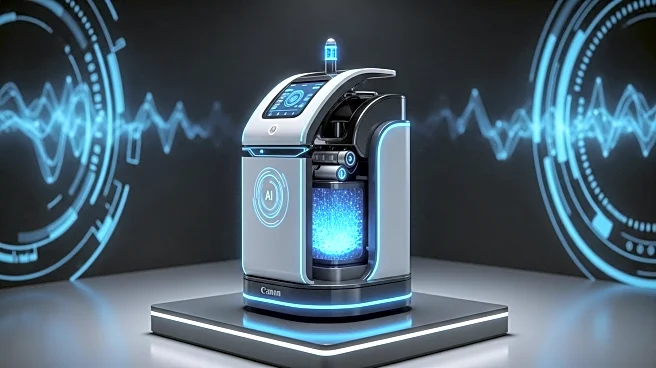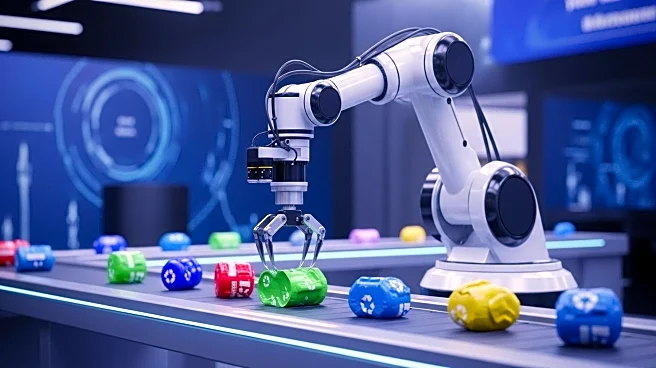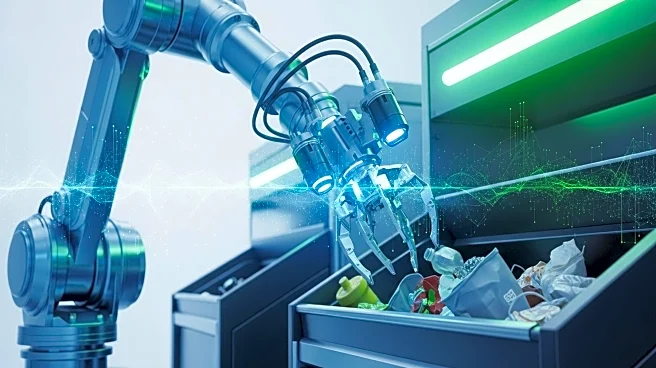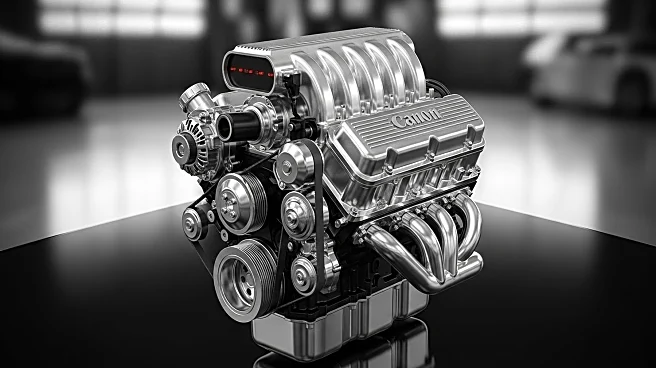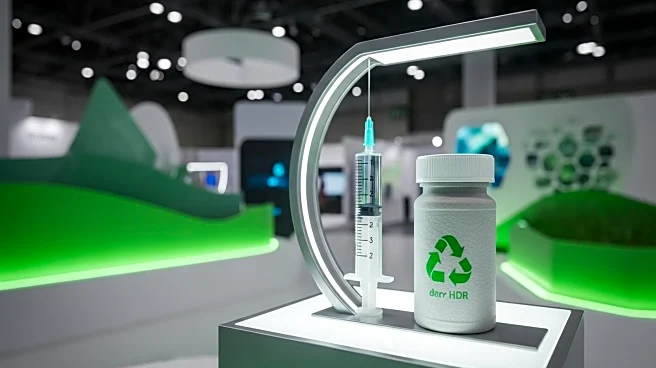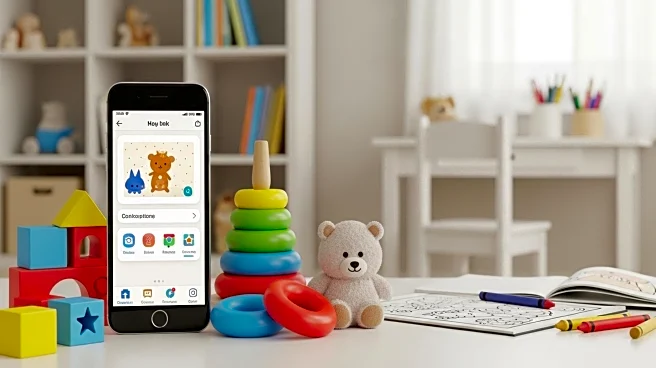What is the story about?
What's Happening?
Ganiga, an Italian startup, is set to present its innovative waste management technology at TechCrunch Disrupt 2025 in San Francisco. The company has developed a fleet of robotic waste bins, named Hoooly, which utilize generative AI to differentiate between trash and recyclables, thereby improving recycling rates. Additionally, Ganiga offers a smart lid that can be attached to existing bins, providing similar functionality. The company also provides software that helps businesses track and reduce their waste production. Ganiga's founder, Nicolas Zeoli, emphasizes the importance of addressing global waste management issues, noting that only 9% of the world's plastic is currently recycled. Since its inception in 2021, Ganiga has sold over 120 robots to major clients, including Google and several European airports.
Why It's Important?
Ganiga's technology addresses a critical environmental challenge by enhancing recycling efficiency and reducing waste. The company's AI-driven solutions could significantly impact waste management practices, particularly for businesses with environmental, social, and governance (ESG) mandates. By improving waste sorting and providing actionable data, Ganiga's products can help organizations reduce waste-related costs and meet sustainability goals. The potential expansion into the U.S. market could further amplify these benefits, offering American companies advanced tools to manage waste more effectively.
What's Next?
Ganiga plans to launch a new product, Hooolyfood, in November, which will use camera technology to measure food waste. The company is also considering relocating its headquarters to the U.S. in 2026 to expand its market reach. As Ganiga continues to innovate and grow, it aims to raise additional funding to support its expansion and product development efforts. The upcoming presentation at TechCrunch Disrupt 2025 will provide a platform for Ganiga to showcase its technology to potential investors and partners.
AI Generated Content
Do you find this article useful?
